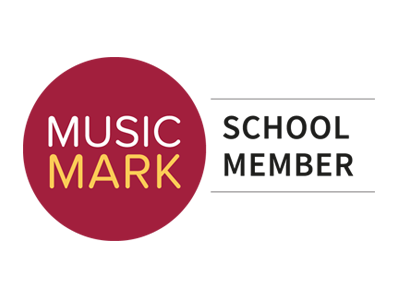Music – Year 1
Download
Download our Year 1 Music curriculum here.
Listening and understanding |
|---|
Elements of music |
Textiles |
|---|---|
| Pitch: recognise and respond to high and low sounds
Duration: recognise and respond to steady beat in music heard and performed, and long and short sound patterns. Dynamics: identify and respond to loud, quiet and silence Tempo: identify and respond to fast and slow Texture: recognise and respond to one sound and to may sounds combined Timbre: identify wooden, metal, skinned and electronic instruments and their properties by sound Structure: understand and identify musical echoes, repeating patterns and beginning, middle and end Applying understanding
|
Purposes
Non-musical stimuli
|
Controlling |
|---|
|
CreatingUse acoustic sounds and ICT to… |
|---|
|
Responding and reviewing |
|---|
|
February 2014 reviewed
SH, AD, GC, CA











